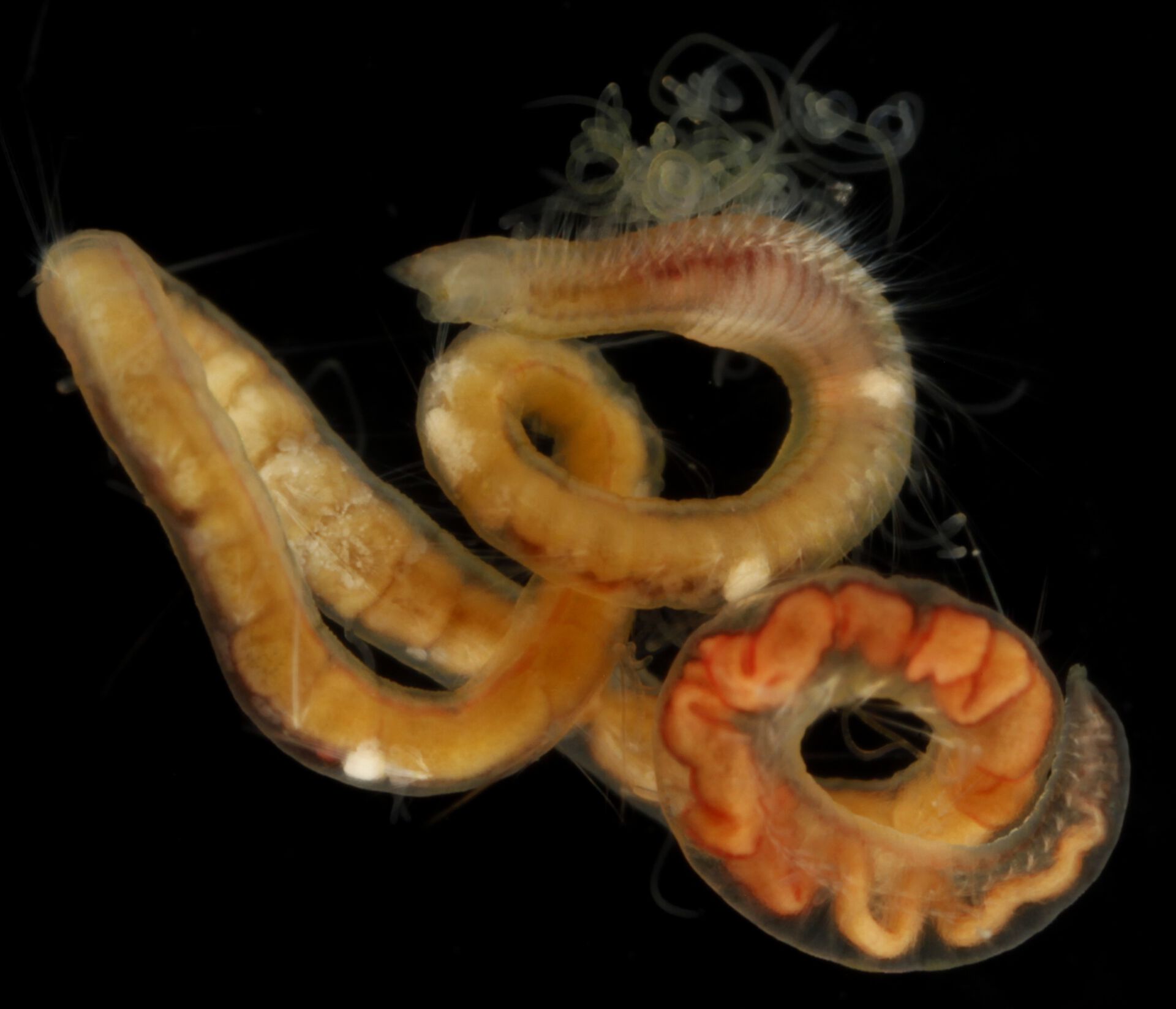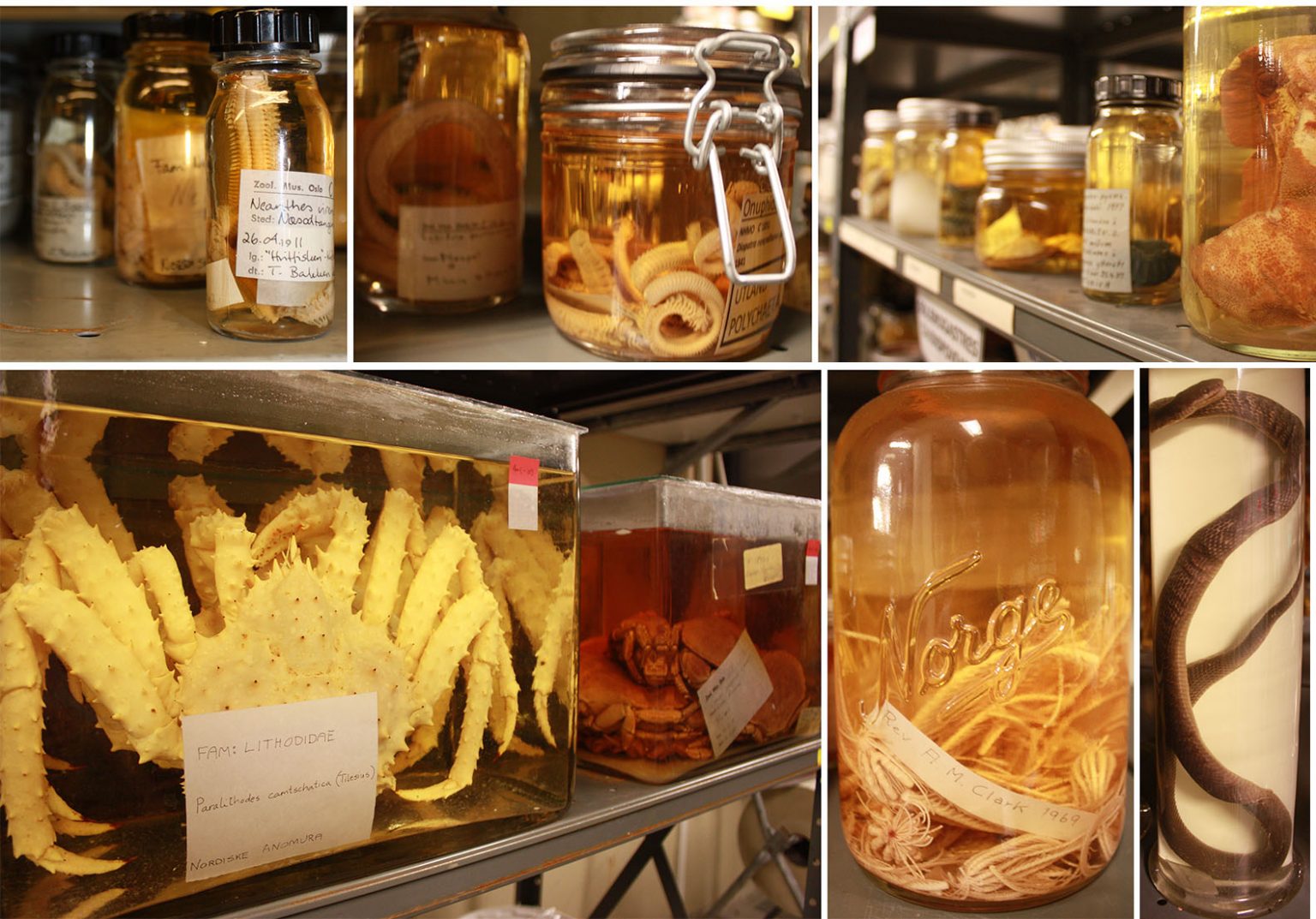About the project
Annelida, or segmented worms, is a vast and diverse group of metazoans that includes, amongst others, earthworms, leeches, echiurids, sipunculids and polychaetes. With around 20000 species known, they are a very diverse group and one of the main components of the marine communities. Within Annelida, the family Cirratulidae is common and abundant from shallow to abyssal marine benthic environments. It is a diverse family with around 360 described species belonging to 16 genera. Cirratulids are small worms, usually less than 3 cm long, characterized by the long, slender filamentous branchiae present all over their bodies and their anterior tentacles present either as numerous long filaments or a pair of thick appendages. While important in environmental monitoring, cirratulids are known to be taxonomically challenging and difficult to identify. Moreover, the validity of several genera has been questioned. Additionally, a recent survey of the genus Chaetozone revealed a high amount of cryptic diversity, but only a fraction of this diversity has been described. For Norway, 23 species are known, plus an additional 7 possible ones.However, records of several species, whose type locality is not European are suspicious, as cirratulids often have small distribution area. These records should be re-examined as they can indicate the presence of local undescribed species or translocations.

As specimens are rarely identified to species, the actual diversity in Norway is unknown, as are species distributions and their habitats. In the recent Artsdatabanken project “Polychaetes in Norwegian Port”, out of 11 cirratulid species morphologically identified, only six could be given a name. Moreover, COI barcoding revealed the presence of 15 species, showing the presence of even more undescribed and possibly cryptic diversity. Preliminary studies on both DNA and morphology have revealed even more undescribed species in Norwegian waters. This is particularly striking in deep environments, where up to 20 new species could be present. These preliminary studies have also revealed morphological differences between species, which can enable us to identify most of them. However, further studies are needed to properly assess species diversity as well as each species’ morphology and distribution.

This is where the scientific collections of Natural History Museums come to our project. These hold an immense wealth of resources and information that is too often unexploited, and should be particularly valued in the current context of biodiversity loss. In Norway, the four main University museums gather a great many polychaete specimens from historical and recent collections. Hundreds of unidentified Cirratulidae are present in these museums from all Norwegian waters from the coast, shelf, offshore, slope and deep waters. This material is particularly suited to review the diversity and distribution of this poorly known species group.
Thus far, 17 species in 8 genera have been named, while 46 species in 5 genera still need to be named. While some are new species, for others the name needs to be confirmed by comparing them morphologically and molecularly with foreign specimens. Sequences of COI, 16S and 28S have been generated belonging to 60 species. These are valuable in the species delineation and taxonomic revision of the family. About 550 specimens have been sequenced. Specimens come from the whole Norwegian coast, Oslofjord, Trondheimsfjord and the areas around Bergen and Tromsø are particularly well sampled. Other well sampled areas include notably Sognefjord and Svalbard. Offshore areas include most of the slope of the continental shelf in the Norwegian Sea and parts of the shelf itself, part of the Barents Sea, parts of the deep sea around Jan Mayen, a vent side on the mid-Atlantic ridge and parts of the North Sea related to the oil fields.
